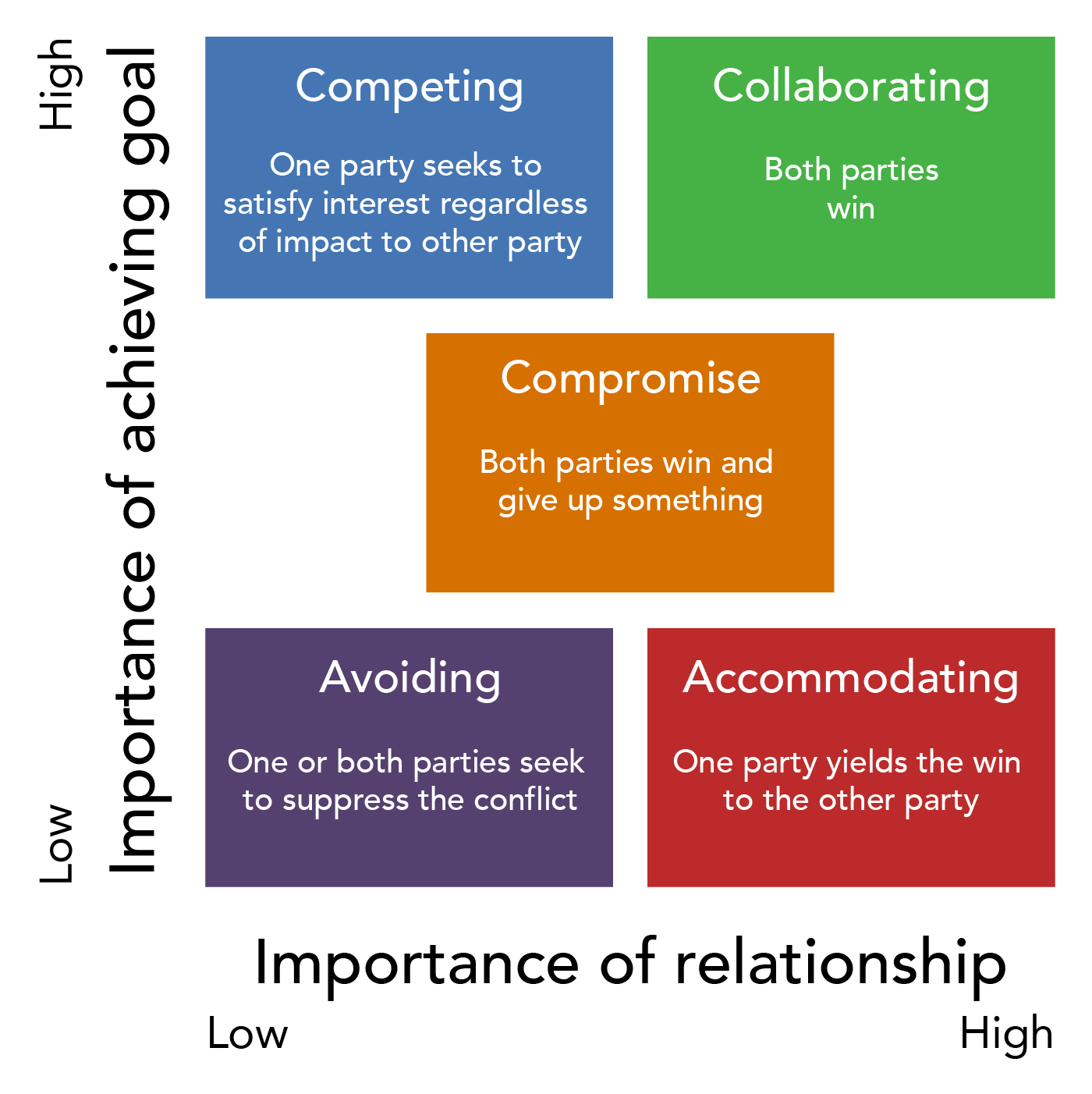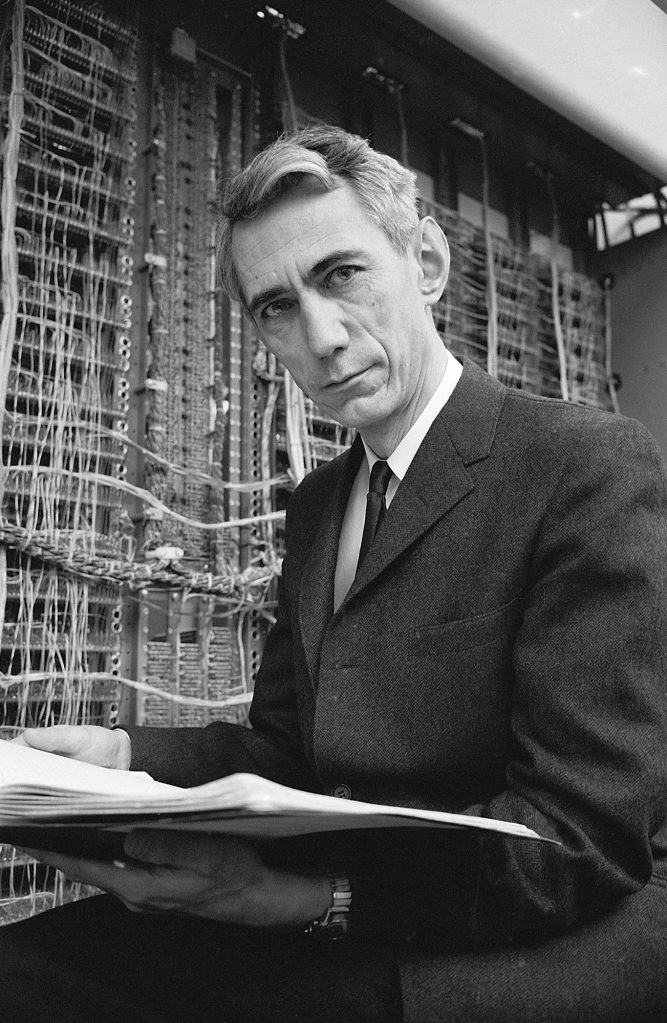Description
Robert, a director and union member, has requested an 8 percent raise for his work unit. His request is based on recent finance reports showing that his department has substantially contributed to a 15 percent profit increase for the organisation. He feels that his team should be compensated for the hard work and long hours they have put in over the last few years to achieve this outcome.
Kay knows the value of Robert’s team and readily acknowledges their achievements. However, she knows that the company has plans to expand and diversify. This new project will use up the majority of the profit increase for at least the next five years. She is willing to sit down with Robert and talk about how his team can get involved in the new project. There could be new job opportunities, some overseas assignments, and possible promotions to various leadership positions within the new project.
Kay has flagged this with Robert; however, he is adamant that his team needs to be compensated with a monetary increase. He went as far as threatening to get the union involved if his request is unsuccessful.
Conflict Handling Styles

Based off the case study in the description, It shows that Robert was using Competing Approach to request for his demand of welfare and monetary increase for his team. Despite Kay’s difficulties in trying to fulfill his requests, she is willing to sit down and discuss with him future job opportunities, assignments and possible promotions.
I feel that Robert could have used a Collaborative Approach towards Kay and discuss possible solutions that would benefit both parties instead of threating Kay by asking the union to get involved if he’s request was rejected. From this scenario, it clearly shows that Robert has a strong character and selfish in a way he places himself over others. With that being said, he’s request was for his team so in a way he also cares for their welfare. However with the approach that he used, the result will only end up in a win and lose solution.
Bargaining Approach

Kay was adopting an Integrative Approach. Kay acknowledges that Robert’s achievements and wanting to have monetary increment for his team. However, she is unable to provide such a request due to the fact that the company is using the profits to further expand and diversify. Instead instead of saying no, she opt for a passive approach by initiating a negotiation with Robert. She was calm in that situation and tried so strike an agreement for a “win-win” outcome.
Interpersonal Communication Contributing to Poor Workplace Environment

Effective negotiation and communication skills are both equally important in both your career and personal life. I personally feel that Robert had aInt self-centered mindset that only cared about himself and his team. He did not put into consideration on how is actions would affect the organisation and Kay. Robert should have been more cooperative when Kay approached him with a solution to satisfy both ends.
On the other hand, Kay should have empathised with Robert. She neglected the efforts and achievements of him and his team and instead was more concern on what was good for the company.
Learning from this case study, we now know the importance of listening and communication. In society, both listening and communication is equally important as the words heard or voiced out could lead to different outcomes.
Hall’s Context Model

Based of the Hall’s Context Model as a reference, Kay demonstrated a High-Context Culture as she was willing to solve the issue with Robert through negotiations. She proposed a solution that will result in a “win-win” situation as this new solution involves Robert and his team taking on future projects which is useful for future career progressions. That way she does not neglect the organisations needs too. I feel that Robert should have taken a more passive approach towards Kay and maybe the negotiations would have produced better results instead of threatening to report this up to the union.
Conclusion
In conclusion, this case study shows the importance of being attentive and cooperative to negotiations is. The message that is also delivery should be clear and concise as to avoid misunderstandings that might result in parties being unhappy. In society, there are bound to be conflicts every here and then but if everyone puts in their best effort in being understanding and using the correct approach, I am sure problems like these would hardly arise. In order to create a less toxic environment amongst ourselves, the first step we should take is to work on ourselves!
References
Images:
- Conflict Handling Style
http://courses.lumenlearning.com/wm-organizationalbehavior/chapter/conflict-management-styles/
- Bargaining Approach
http://www.getsmarter.com/blog/career-advice/negotiating-for-success/
- Interpersonal Communication
https://matterapp.com/blog/how-to-improve-your-interpersonal-communication-skills
- Hall’s Context Model
https://www.slideshare.net/Noonamsom/intercultural-communication-9966550
































